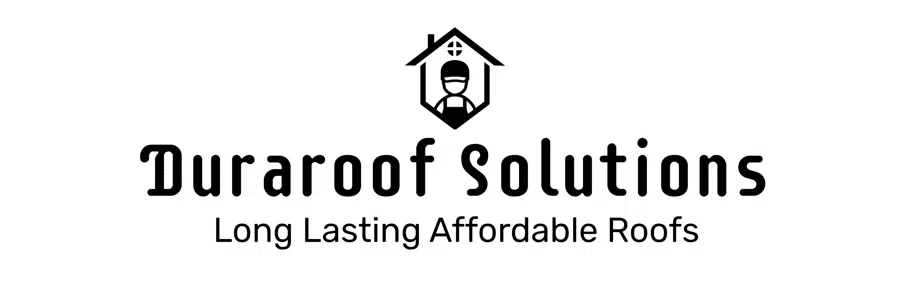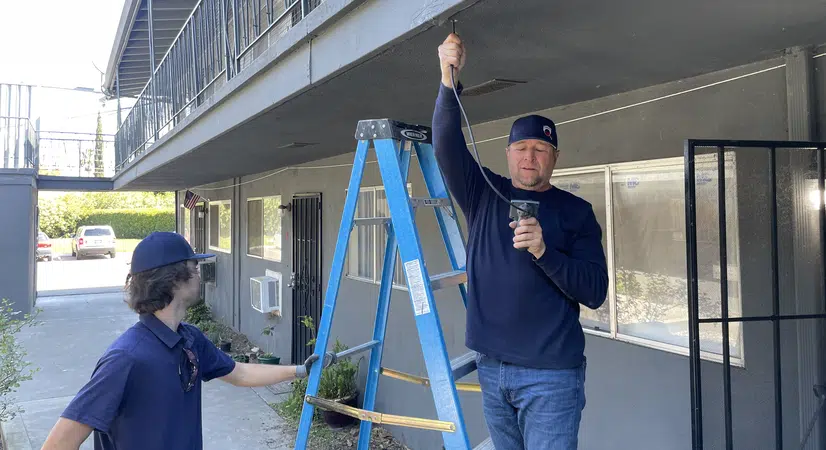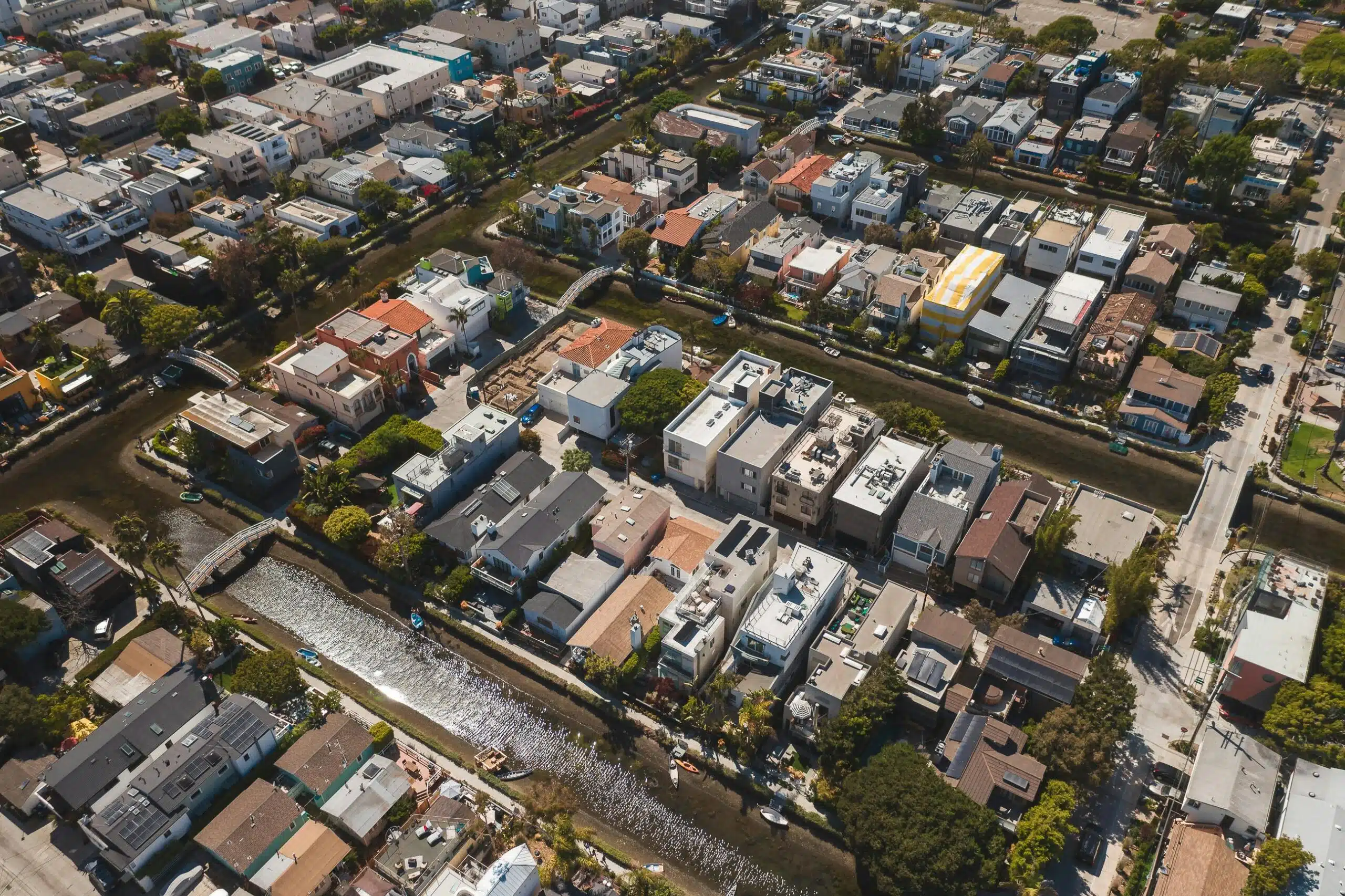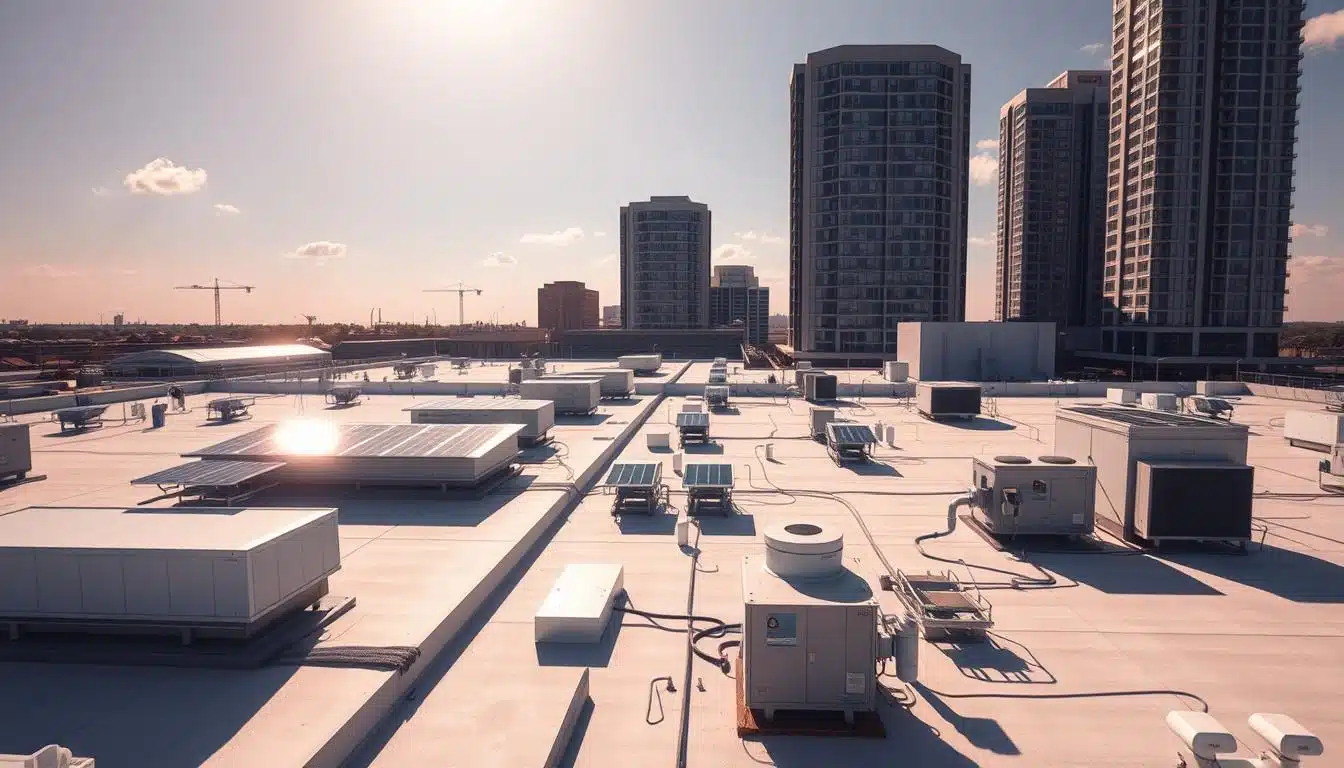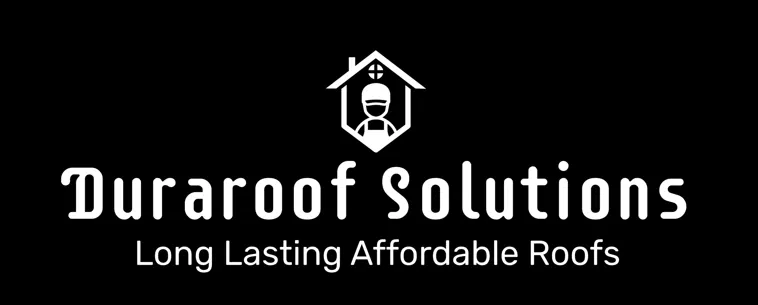Here’s a breakdown of the process for SB 721 inspections in California:
Who Needs an Inspection?
- Apartment buildings with three or more dwelling units
- Buildings must have exterior elevated elements (EEEs) like balconies, decks, walkways, or porches that:
- Extend beyond the exterior walls.
- Are designed for human occupancy.
- Have a walking surface more than six feet above ground level.
- Rely in whole or substantial part on wood or wood-based products for structural support.
What Happens During the Inspection?
- Hiring a Qualified Inspector:
The building owner or HOA is responsible for hiring a qualified inspector. This can be a licensed: * Architect * Civil or structural engineer * Building contractor * Building inspector - Inspection Scope: The inspector will not examine every single balcony. SB 721 mandates a sampling of at least 15% of each type of EEE in the complex. The inspector will choose which elements to examine based on various factors.
- Visual Inspection: The inspector will first conduct a thorough visual inspection of all the EEEs, looking for signs of problems like: * Water damage or leaks * Cracks in concrete or support beams
* Loose or corroded fasteners
* Rust or other metal deterioration
* Visible signs of fungus or decay - Further Testing (if necessary): If the inspector finds concerning signs during the visual inspection, they may perform more intrusive testing on specific areas. This could involve: * Using a boroscope to see inside small spaces. * Employing a moisture meter to check for water intrusion. * Utilizing infrared testing to identify hidden problems. * Even removing some exterior materials for a closer look.
- Inspection Report: After the inspection, the inspector will provide a detailed report outlining: * The condition of each EEE inspected. * Any areas that require repair or further evaluation. * The projected service life remaining for the EEEs (if possible).
What Happens After the Inspection?
- The building owner or HOA is responsible for addressing any issues identified in the report.
- The timeframe for repairs depends on the severity of the problems.
- Serious safety hazards must be reported to local building departments immediately and addressed promptly.
Important Deadlines:
- The first round of inspections needs to be completed by January 1, 2025.
- Subsequent inspections are required every six years thereafter.
Remember: This is a general overview. It’s advisable to consult with a qualified inspector or your local building department for the most up-to-date information and specific requirements in your area.
